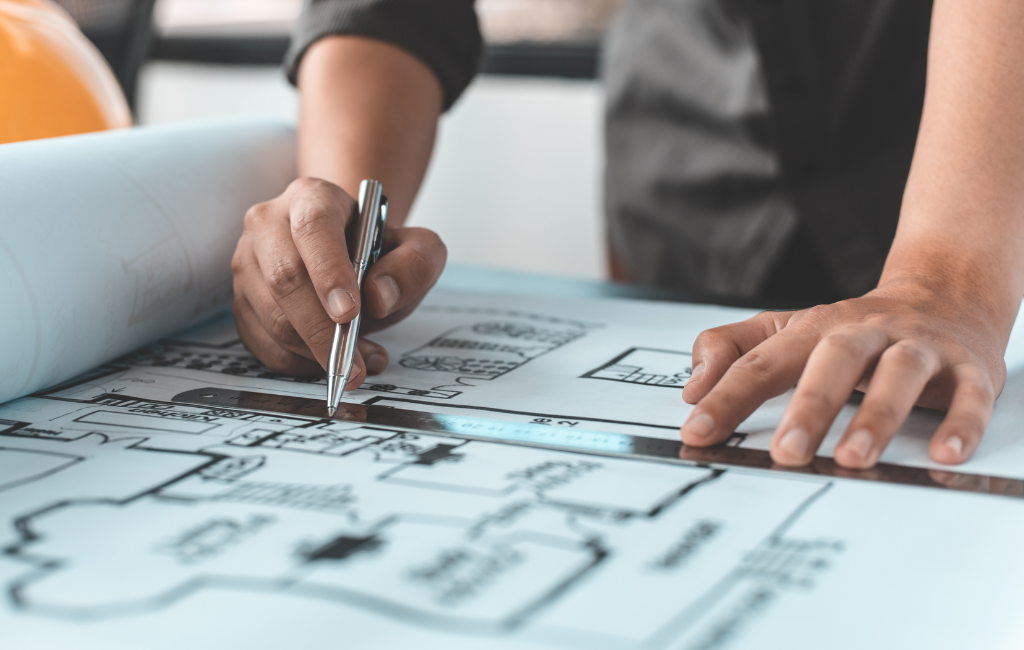Architect Innovations: Building Tomorrow Today

Architect Innovations: Building Tomorrow Today
Architecture has always been a reflection of human ingenuity and creativity. As we move further into the 21st century, the field is undergoing rapid transformations driven by technological advancements, environmental concerns, and evolving societal needs. This article explores some of the most groundbreaking innovations in architecture that are shaping the future of our built environment.
Smart Buildings: The Future of Urban Living
Smart buildings are at the forefront of architectural innovation. These structures integrate advanced technologies to enhance the efficiency, comfort, and sustainability of urban living spaces. Key features of smart buildings include:
- Automated climate control systems
- Energy-efficient lighting
- Advanced security systems
- IoT-enabled appliances
One notable example is The Edge in Amsterdam, often cited as the world’s smartest building. It uses a combination of solar panels, rainwater harvesting, and a sophisticated energy management system to achieve near-zero energy consumption.
Green Architecture: Sustainability at Its Core
Green architecture focuses on minimizing the environmental impact of buildings through sustainable design practices. This approach includes the use of renewable energy sources, sustainable materials, and efficient waste management systems. Key elements of green architecture are:
- Solar panels and wind turbines
- Green roofs and walls
- Rainwater harvesting systems
- Recycled and locally-sourced materials
The Bosco Verticale in Milan is a prime example of green architecture. These residential towers are covered with over 900 trees and 20,000 plants, significantly improving air quality and providing a natural habitat for wildlife in an urban setting.
3D Printing: Revolutionizing Construction
3D printing technology is revolutionizing the construction industry by enabling the creation of complex structures with unprecedented precision and speed. This innovation offers several benefits:
- Reduced construction time
- Lower labor costs
- Minimized material waste
- Enhanced design flexibility
In 2018, the first 3D-printed house was completed in Eindhoven, Netherlands. This project demonstrated the potential of 3D printing to create affordable and sustainable housing solutions, addressing the global housing crisis.
Adaptive Reuse: Breathing New Life into Old Structures
Adaptive reuse involves repurposing existing buildings for new functions, preserving their historical and cultural significance while meeting contemporary needs. This approach offers several advantages:
- Conservation of resources
- Reduction of urban sprawl
- Preservation of cultural heritage
- Economic revitalization of communities
The Tate Modern in London is a successful example of adaptive reuse. Originally a power station, it has been transformed into one of the world’s leading contemporary art museums, attracting millions of visitors annually.
Biophilic Design: Connecting with Nature
Biophilic design emphasizes the integration of natural elements into the built environment to enhance human well-being. This design philosophy includes features such as:
- Natural lighting and ventilation
- Indoor plants and green spaces
- Water features
- Natural materials and textures
The Amazon Spheres in Seattle exemplify biophilic design. These glass domes house over 40,000 plants from around the world, providing a unique and inspiring workspace for Amazon employees.
Parametric Design: Pushing the Boundaries of Creativity
Parametric design leverages advanced computational tools to create complex and innovative architectural forms. This approach allows architects to explore new possibilities in design and construction. Key aspects of parametric design include:
- Algorithm-driven design processes
- Customizable and adaptable structures
- Enhanced precision and efficiency
- Integration of form and function
The Heydar Aliyev Center in Baku, designed by Zaha Hadid, is a striking example of parametric design. Its fluid, wave-like form challenges traditional architectural conventions and showcases the potential of this innovative approach.
Modular Construction: Building with Efficiency
Modular construction involves assembling buildings from pre-fabricated modules, offering several benefits over traditional construction methods:
- Faster construction times
- Improved quality control
- Reduced construction waste
- Greater flexibility in design
The CitizenM Hotel in New York City is an example of modular construction. The hotel was built using pre-fabricated modules, significantly reducing construction time and costs while maintaining high standards of quality and design.
Conclusion
Architectural innovations are transforming the way we design, construct, and interact with our built environment. From smart buildings and green architecture to 3D printing and biophilic design, these advancements are paving the way for a more sustainable, efficient, and inspiring future. As we continue to push the boundaries of what is possible, the role of architecture in shaping our world will only become more significant.